After Sir William’s death (1557), Bess was a rich woman, close to many courtiers. Her third marriage was to Sir William St. Loe, a favorite of Queen Elizabeth I, who had several children from a former marriage. But he died only five years later, in 1565.
Bess married George Talbot, 6th Earl of Shrewsbury (1528-1590), in 1567. At age 40, he was one of the richest men in the realm, owner of vast lands, coalmines, glassworks, owner of ships and many other business interests. Actually, the marriage was a triple ceremony. As the Earl married Bess, his second son married her daughter Mary, and his daughter married Bess’s eldest son Henry. Try sorting out that one a couple of generations later.
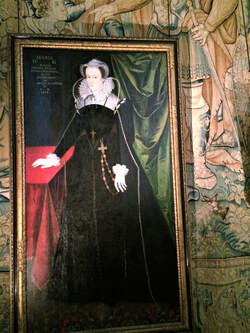

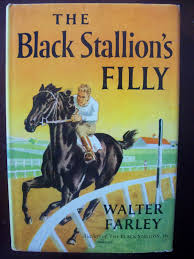
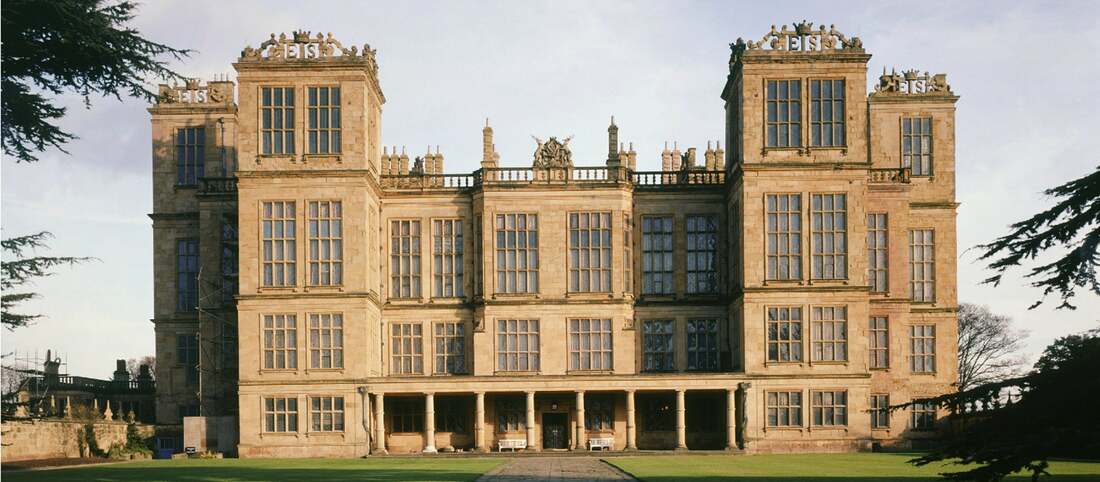
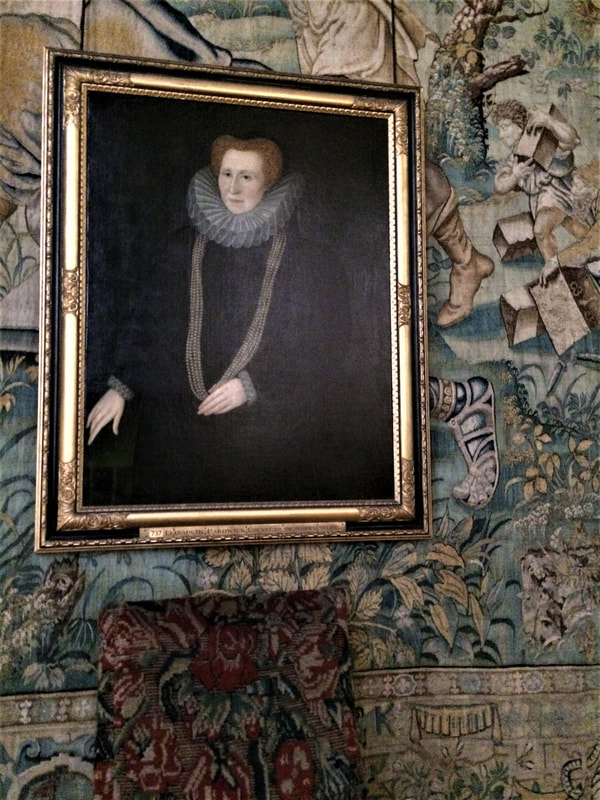
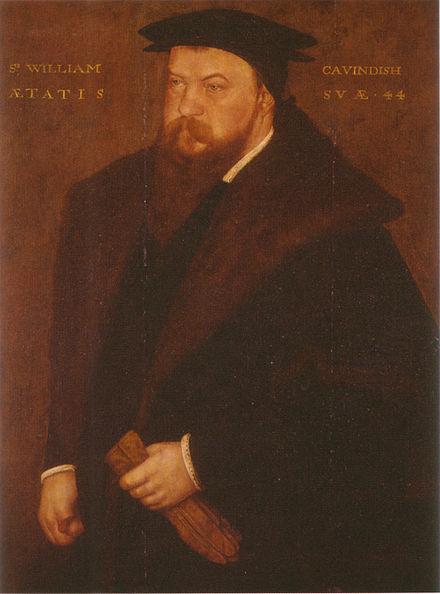
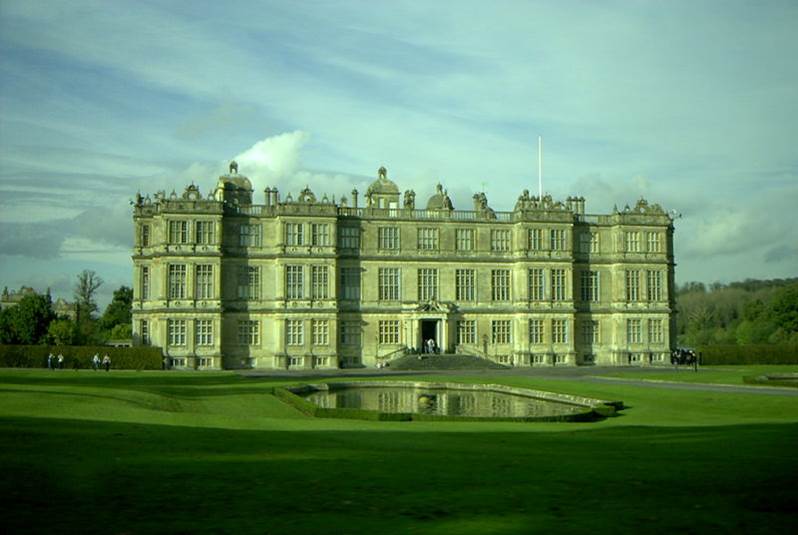
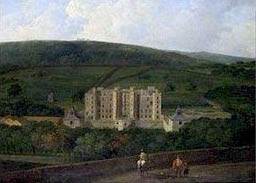

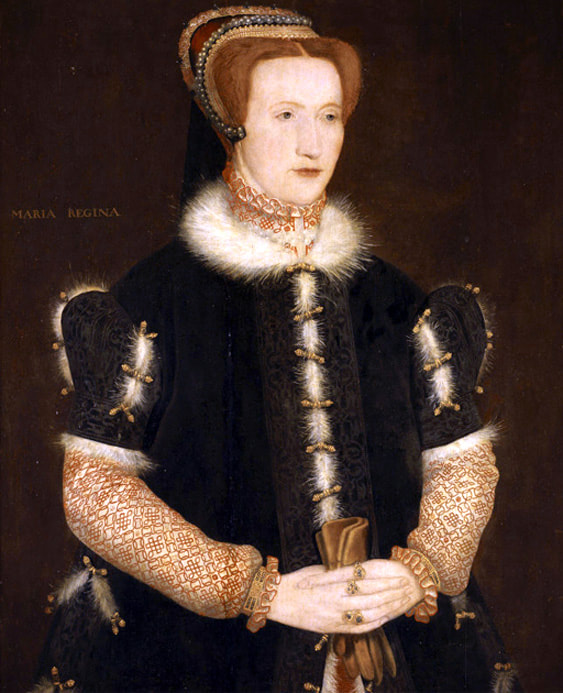

 RSS Feed
RSS Feed